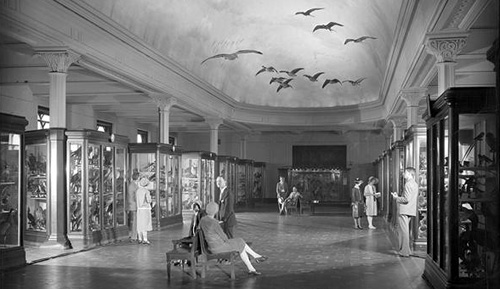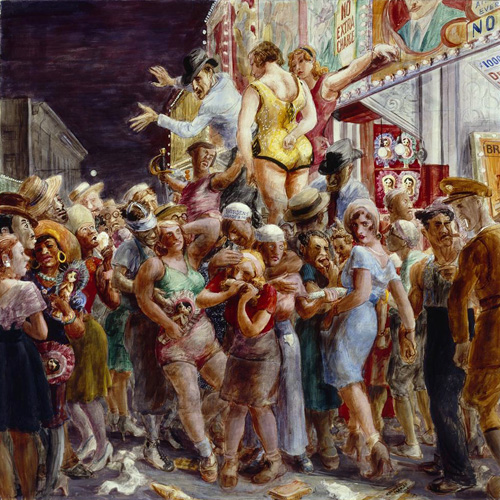
Albert Winslow Barker, Girl with basket, 1910 or 1916. Bryn Mawr College: Albert Winslow Barker Collection
Bryn Mawr College’s free and open Albert Winslow Barker Collection brings back to light the work of an unfairly neglected American lithographer of the 1930s and uncovers his little-known photographs. And there is much to admire.











 July 1, 2014 will mark ten years since the Artstor Digital Library became available for educational use. Today, nearly half a million registered users at more than 1,500 educational institutions around the world use the Library for their research and teaching. We are always fascinated by the work being done using Artstor – from Lois Kuyper-Rushing, the music librarian at Louisiana State who curated dozens of image groups related to musicology, to Lera Boroditsky, professor of psychology at Stanford, who tracked the gender representations of ideas (such as Liberty) across cultures and times.
July 1, 2014 will mark ten years since the Artstor Digital Library became available for educational use. Today, nearly half a million registered users at more than 1,500 educational institutions around the world use the Library for their research and teaching. We are always fascinated by the work being done using Artstor – from Lois Kuyper-Rushing, the music librarian at Louisiana State who curated dozens of image groups related to musicology, to Lera Boroditsky, professor of psychology at Stanford, who tracked the gender representations of ideas (such as Liberty) across cultures and times.
